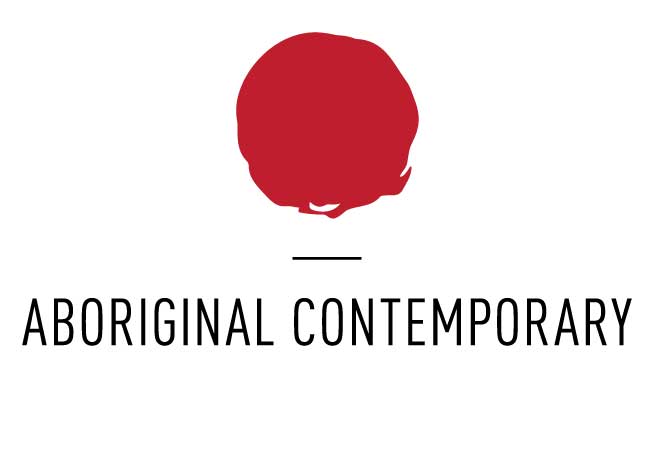Artist: Judith Anya Samson
Size: 91cm x 91cm
Medium: Acrylic on Linen
Story from the certificate of authenticity:
"We drink water at Puntawarri. we clean and dig that waterhole. This country is Puntawarri. My nanna, Dadda, taught me to paint this Country. Puntawarri is important because it is my pop's ,my nannas' husband's place. They camped there and went hunting for goanna or anything, kangaroo or turkey. At Puntawarri there are all the waterholes .Good hunting this country. There is still some Rabbit Proof Fence there." - Judith Anya Samson
Puntawarri is an important cultural area located on the middle stretches of the Canning Stock Route and east of the Jigalong Mission (now Jigalong Aboriginal community), where Judith grew up and continues to live with her grandmother and renowned Martumili Artist, Dadda Samson. Puntawarri is also the site of an abandoned community, a waterhole, creek and lake. Puntawarri's close proximity to Jigalong Mission made it a popular site for Martu to visit during the 'mission days'.
While growing up at Jigalong Mission in the 1960s, Dadda would return to Puntawarri every weekend to hunt and camp. Dadda has been teaching Judith to paint for a number of years, sharing the knowledge and Jukurrpa (Dreaming stories associated with her ngurra (home Country, camp).
For many Martu, like Dadda and her family, Jigalong Mission was the site their pujiman (traditional, desert dwelling) lifestyle came to an end from the late 1940s as they transitioned to a life as stockmen and women working in the cattle stations in the Pilbara region and beyond. In the wake of the extreme and prolonged drought of the 1960s, the last of the remaining pujimanpa (desert dwellers) were forced to move to missions like Jigalong, where a supply of food and water was assured. There, many Martu were reunited with family members that had already moved from the desert.
The waterhole at Puntawarri is said to be populated by several kinds of ancestral jila (snake),however the site is best known for its association with Ngayurnangalku, fearsome ancestral cannibal beings. During the Jukurrpa the Ngayurnangalku came together from all over the desert, first stopping near Puntawarri on their travels to Kumpupirntily (Kumpupintily, Lake Disappointment). At Kumpupirntily, they has a big meeting to debate whether or not they would continue to live as cannibals, and eventually came to the decision to stop eating people. That night, a female baby cannibal was born to the eastern Ngayurnangalku on the red sandhills at Puntawarri, where she continues to live today as the 'big mummy' Ngayurnangalku. Following protocol, the baby also had to be consulted by the group. She determined that the Ngayurnangalku should continue to eat people. Her decision divided the group, and from this point the group from the east continued to live as 'bad' cannibals at Kumpupirntily, while the group from the west became 'good', thereafter consuming only animals.
Martumili Artists was established in late 2006 and supports Martu artists in Kunawarritji, Punmu, Parnngurr, Jigalong, Warralong, Irrungadji (Nullagine) and Parnpajinya (Newman). Many Martu artists have close relationships with established artists amongst Yulparija, Kukatja and other Western Desert peoples and are now gaining recognition in their own right for their diverse, energetic and unmediated painting styles. Their works reflect the dramatic geography and scale of their homelands in the Great Dandy Desert and Rudall River regions of Western Australia. Martumili Artists represent speakers of Manyjilyjarra, Warnman, kartujarra, Putijarra and Martu Wangka languages, many of whom experienced first contact with Europeans in the 1960's. The artists include painters, working in acrylics and oils, as well as weavers coiling baskets and sculptors working in wood, grass and wool. Martu artists proudly maintain their creative practices whilst pursuing social and cultural obligations across the Martu homelands.









